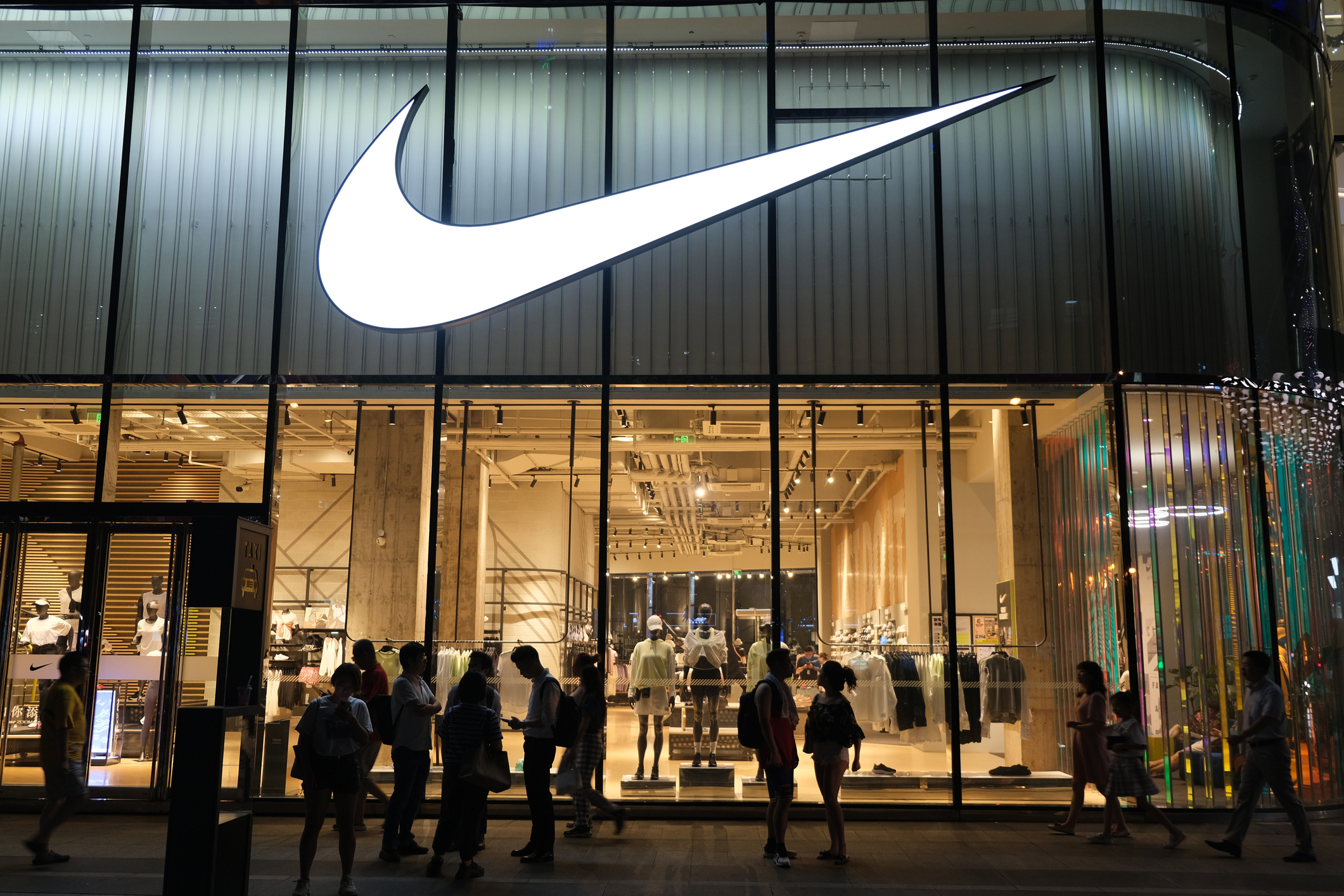
iStock.com/Robert Way
Will Leaning Back on Wholesale Revive Nike’s Growth?
Nike Inc., which has been emphasizing direct-to-consumer (DTC) growth for a number of years, last week indicated it was refocusing back on wholesale following another disappointing quarter marked by weak demand.
The sportswear giant reported that profits for its third quarter, which ended Feb. 29, beat expectations, but Nike’s shares fell about 7% last Friday after it announced that guidance going forward is weak and that gross margins for the full year are predicted to grow less than analysts originally expected. For the first half of fiscal 2025, sales are expected to decrease by low single digits.
On an analyst call, President and CEO John Donahoe said that while its direct-to-consumer push, marked by its Consumer Direct Offense strategy launched in 2017, “has driven growth and direct connections with consumers, it’s been clear that we need to make some important adjustments.”
The adjustments include investing in wholesale to “help us elevate and grow the entire marketplace,” Donahoe said. “We recognize that our wholesale partners help us scale our innovation and newness in physical stores and connect our brands in the path of the consumer.”
CFO Matt Friend added on the call that the company would invest more in seasonal marketing campaigns and the presentation of Nike gear in stores to support new product launches. Friend said, “We don’t like the way our brand is showing up in wholesale, and we own that.”
Nike’s DTC push included ending sales to larger retailers like Dillard’s, Zappos, and Big 5 Sporting Goods while prioritizing relationships with premier accounts, including Dick’s Sporting Goods and Nordstrom in the U.S. Nike’s recent moves to repair wholesale partnerships with DSW, Macy’s, and Foot Locker were seen as a signal that the DTC focus was falling short of expectations.
Prior to the release of Nike’s recent earnings report, Wedbush analyst Tom Nikic wrote in a note that it’s becoming more apparent that Nike’s acceleration of its DTC push in 2020 was a “mistake.” He wrote, “They focused too much on WHERE they were selling and lost focus of WHAT they were selling. Furthermore, it allowed a host of competitors to come in and chip away at [Nike]’s dominance of the industry.”
Beyond investing in wholesale, Donahoe listed other steps Nike will be taking to elevate demand, such as renewing its focus on sport and prioritizing newness, including reducing supply on classics such as the Air Force 1 as well as inventories of the Pegasus running shoe ahead of a new update. A focus is being placed on “bolder and more distinctive” marketing, beginning with an “Air for Athletes” campaign at the summer Paris Olympics.
Nike has high hopes for a number of technologies to be launched around the Olympics. “We believe the Paris Olympics will serve as a catalyst for our brands, as we launch our newest Nike Air innovations for athletes,” Friend said during the analyst call.
Williams Trading analyst Sam Poser said that Nike can use its leverage to secure better placement at retail, but any wholesale shift also poses risks. He wrote in a note, “Using leverage is great if the product sells well, but is brand dilutive if the product does not perform.”
Discussion Questions
What lessons should Nike have learned about the benefits of wholesale retailing and the limits of DTC?
What else will be critical for Nike to revive consumer demand?
